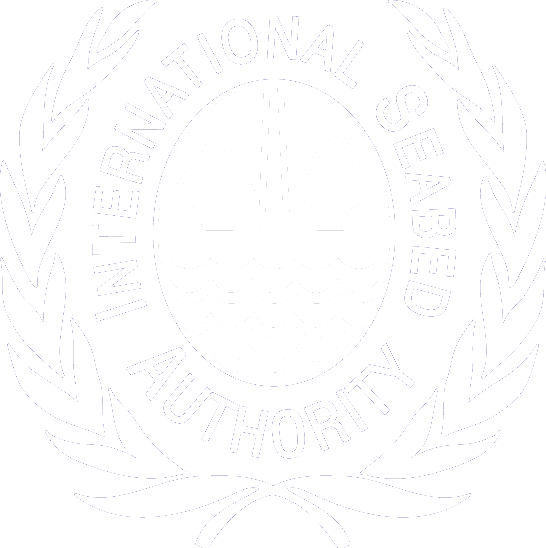Workshop on Taxonomic Methods and Standardization of Meiofauna in the Clarion-Clipperton Zone
14 Dec 2015 - 17 Dec 2015
University of Ghent, Marine Biology Research Group, Krijgslaan 281, Belgium
Agenda | Background | Participants
The workshop on Taxonomic Methods and Standardization of Meiofauna in the Clarion-Clipperton Zone (CCZ) is the third in the series of taxonomic exchange workshops convened by the ISA to address potentially varying taxonomic standards aimed at fostering environmentally sustainable management of deep sea resources.
The first workshop on the Taxonomic Standardization of Megafauna was hosted by the Centre for Marine Biodiversity of the Senckenberg Institute in Wilhemshaven, Germany in June 2013.
The second workshop on Taxonomic Standardization of Macrofauna was hosted by the Korean Institute of Ocean Sciences and Technology (KIOST) at the East Sea Research Institute in Uljin, Republic of Korea in November 2014.
This third workshop focuses on taxonomic methods and standardization of meiofauna in the CCZ and will be hosted by the University of Ghent, Belgium from 14-17 December 2015.
Workshop documents. including the Agenda and Participants Listing will be uploaded as they come to hand.
OBJECTIVES
The objective of this workshop is to bring together international deep‐sea meiofauna experts with representatives of ISA contractors for the exploration for polymetallic nodules, polymetallic sulphides or cobalt-rich crusts in the Area to facilitate the establishment of a standardized taxonomy for the baseline studies of meiofauna associated with these resources. This will be achieved through:
- the creation of a standardized nomenclature with associated descriptions and keys, to be made available on the web for the use by contractors;
- the recommendation of a standardized taxonomic identification including sampling and storing methods for contractors;
- the creation of a database of the locations where different species have been observed (including biogeographic variables), as it was started for the megafauna workshop, ultimately to create a faunal distribution atlas;
- the provision of guidelines and procedures to be utilized by contractors, prospectors and the marine scientific researching community in applying the standardized nomenclature;
- the collection of representative images for identified species;
- the creation of an atlas of the locations where different species have been observed, and
- a programme of work to address any gaps in knowledge or understanding.

